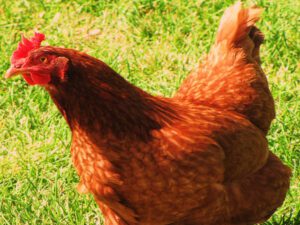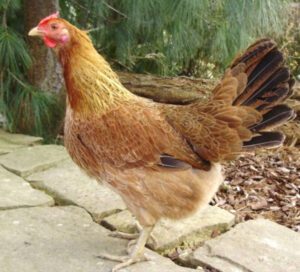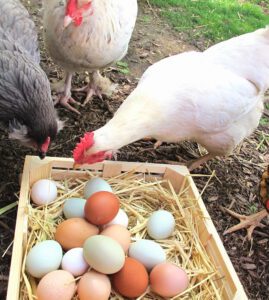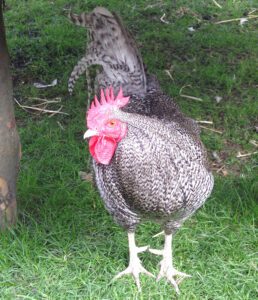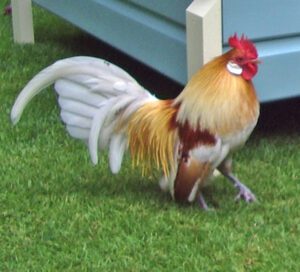Most of the people have a stereotypical concept about the roosters with red colored large wattles. But do laying hens have wattles too? Yes they also have wattles.
Wattles of a laying hen are usually used for predicting her value as a good egg producer. Healthy wattles are considered to be a sign of good egg production and are positive trait in laying hens.
What is A Wattle?
Wattles are two fleshy, elongated, thin lobes of skin that hang down from the lower side of a hen’s head. Wattles help the bird to stay cool during warmer seasons.
Both hen and rooster have wattles. Heat can easily transfer to the surrounding air from hens body through blood circulation from their body into the wattles and comb.
Variety of Breeds
Generally wattles in most of the laying chicken breed are of red colored. Popular Rhode Island Red chicken breed has red colored wattles. Color may vary according to the breed.
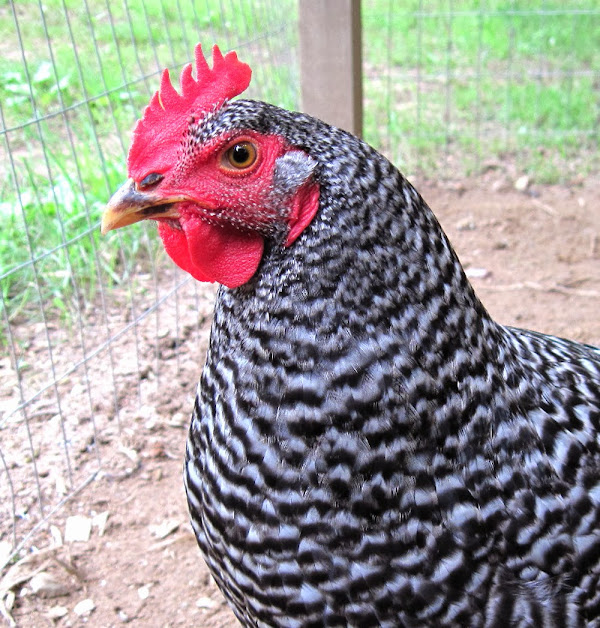
Some breeds have wattles of deep, dark red, lighter, rosy pink color. The natural color of wattles can change if they become ill or suffer by any diseases.
So it’s very important to observe the color of wattles of a laying hen. Normal color is a sign of good health.
Appearance Changing
Bright colored, large sized, soft and waxy wattles indicate good health of a hen. Changing in wattles color and shrinking in size indicate lack of robust productivity or health problems.
Wattles may also develop a dried, shriveled, hard appearance, which are usually associated with serious health issues or dehydration.
Wattle appearance changing is often a vital factor for large scale commercial egg production.
Signs of Trouble
The wattles might develop blackened areas in free range chicken farming system. But it is not a sign of any serious health issues. It’s a sign of frostbite and in most cases it’s not life threatening.
Sometimes chickens can torn, or fight with each other. And as a result injured wattles are common occurrence to them. Swollen wattles may be the result of infection or circulatory problems.
Intervention
Provide the hens basic home care if you see the signs of any minor injury or frostbite to the wattles of your laying hens.
If you notice any swell or shrink in the wattles of your laying hen, it’s usually the manifestation of a more systemic problem.
And in this situation you have to contact with your nearest vet for diagnosing and determining the proper treatment for the problem.
Wattles are common in laying hens but you have to be conscious about the color, size and type of it. Any changes in the color or size of wattles can be signs of any health problems. So, always observe the wattles of your laying hens.

